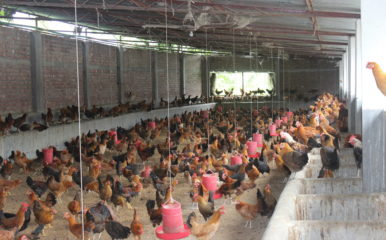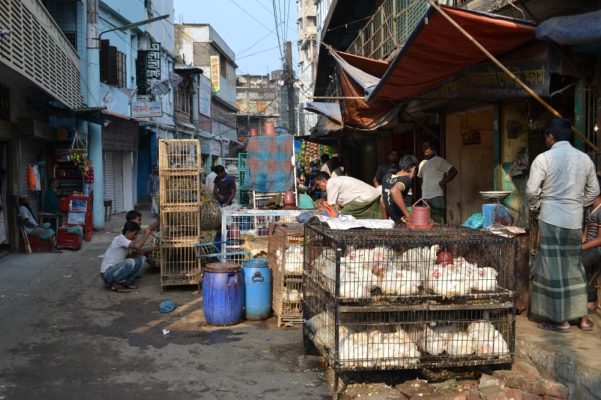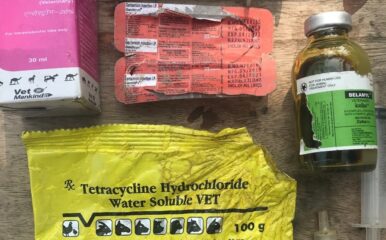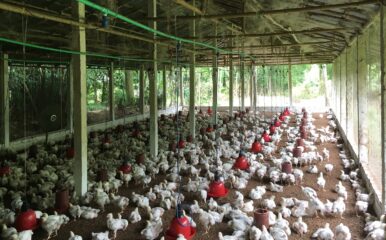
The impact of zoonoses on trade
Published on 20/10/2022

Guillaume Fournie
This blog focuses on the ZOODLE word ‘TRADE’.
‘TRADE’.
Throughout history people have had a close relationship with animals – be it through food consumption, transportation, labour, materials for clothes or companionship. As human populations have become more dynamic in their movements globally, as well as their consumption and use of animal products, this has increased movement of animals especially in terms of trade.
Trade can play a huge role in the spread of veterinary and zoonotic pathogens. Risk of disease spread is ever increasing due to the speed and quantity of animals being traded. In some cases, trading of animals from disease endemic areas to new regions has caused disease transmission into naïve populations, causing devastating morbidity and mortality in animal species and potential risk of zoonotic transmission.
Avian influenza
Avian influenza is a viral disease that is of huge concern to the international poultry sector as it has high rates of transmission, leading to high mortality rates and the risk of cross-species transmission including humans.
Transmission can occur directly, for example through bird to bird contact or indirectly through contaminated equipment. Needless to say, environments such as live bird markets where trade occurs can be high risk areas for avian influenza transmission.
Avian influenza can have a huge economic impact, particularly on trade through decreased consumer demand, disruption in supplies and decreased volume of imports. Policy responses to avian influenza are currently focused on imposing import bans as the main control measure.
This year, Europe has seen an unprecedented outbreak of avian influenza, which unlike previous years, has persisted year-round. This has led to a number of issues relating to trade. In the UK farmers have been ordered to keep their birds inside, which has meant poultry and eggs cannot be sold as free range.
Trading networks
Within the One Health Poultry Hub, teams are researching the effects of trade directly on animal health and zoonoses by understanding the many factors that lead to disease risk in poultry and people through the different chicken production systems at all stages of intensification and hence the trade networks. Research involves both the biological changes that may occur through trade (e.g. virological and genomic studies) and also socioeconomic, cultural and behaviour changes of people working within the poultry trade network.
Previous research has found that infection pressure of avian influenza changes through the journey of poultry and poultry products from farm to fork. Continuing this research, the One Health Poultry hub have has developed a TRACKING app that records movements of poultry and poultry products in order to map trade networks and evaluate the impact of these networks on infection patterns. Understanding movements through the lifetime of poultry and their trade is essential information to be able to understand and inform disease control strategies both for veterinary and public health purposes.


